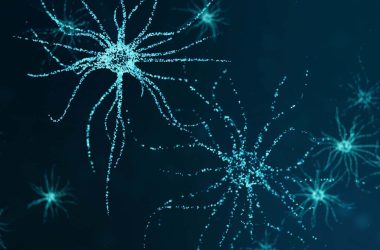An analysis of 1.3 million people’s genomes has revealed dozens of variations associated with migraines, which could lead to more effective treatments for the condition.
The Prevalence of Migraines
It is estimated that up to 20% of adults worldwide experience migraines, which are recurrent and often incapacitating headaches that are difficult to treat. While some people experience sensory symptoms before the onset of a headache, others do not. These two types of migraines are known as with or without aura, but the reason for their existence is still unknown.
The Genetic Basis of Migraines
Migraine is known to have a familial tendency, but identifying the specific genetic basis for each subtype has been challenging.
Debbie Hay from the University of Otago in New Zealand explains, “Migraine is well known to run in families, but it has not been easy to identify a clear genetic basis for each subtype.”
Identifying the Genetic Variations
Kári Stefánsson and his colleagues at deCODE genetics in Iceland have conducted a study to identify the genetic variations associated with migraines.
The researchers analyzed the DNA of 1.3 million individuals from various countries, including Iceland, Denmark, the UK, the US, and Norway. Among these participants, approximately 80,000 experienced migraines.
Through their analysis, the researchers identified 44 gene variants associated with migraines. Of these, 12 variants had not been previously described.
One of the rare variants found was in the PRRT2 gene, which is involved in regulating signaling between neurons. This specific variant was found to be strongly correlated with migraine with aura and epilepsy.
On the other hand, rare variants that suppress the function of the SCN11A and KCNK5 genes, which play a role in transporting sodium and potassium between cells, appeared to protect against both types of migraines.
Potential for Improved Treatments
The discovery of these genetic variants could pave the way for the development of new treatments that target the underlying causes of migraines.
For instance, drugs that inhibit the production of proteins coded by the SCN11A and KCNK5 genes could potentially be developed.
Kári Stefánsson expresses hope for the population suffering from migraines, stating, “Discoveries like this should offer substantial hope for the population who suffer from migraine. Current treatments do not completely abolish the tendency to develop migraines, so there’s a lot of room for better treatments.”
Debbie Hay also emphasizes the need for further understanding of the mechanisms of migraines and the development of personalized treatment approaches, saying, “Even though there have been tremendous recent advances in migraine care, there is still a great deal to do in understanding the mechanisms of migraine and how we can tailor treatment for each patient.”
Conclusion
The analysis of genetic variations associated with migraines has provided valuable insights into the condition. These findings have the potential to lead to more effective treatments that target the specific causes of migraines, offering hope to the millions of individuals who experience this debilitating condition.








